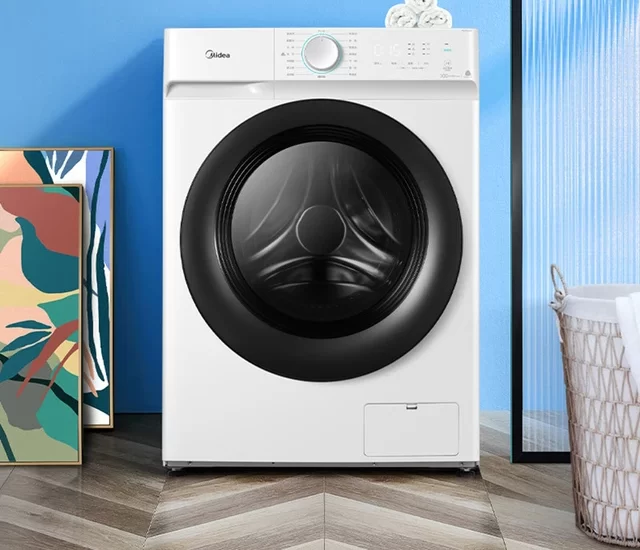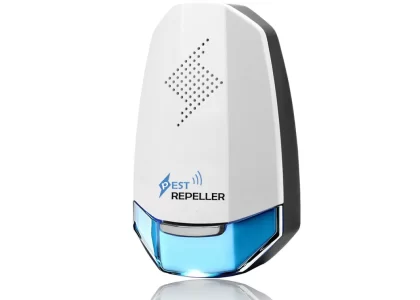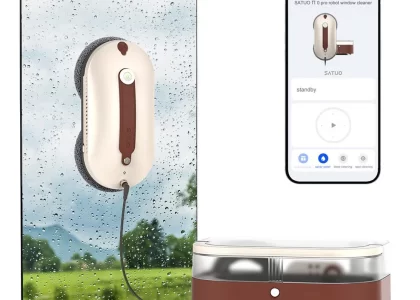 Introduction:
Introduction:
When a washing machine fails to drain or spin, it can put a halt to your laundry routine and cause frustration. Understanding the common causes and troubleshooting steps for this issue can help you resolve the problem and get your washing machine back in working order. In this comprehensive guide, we will explore the potential reasons behind a washing machine not draining or spinning and provide practical solutions to address these issues. By following the troubleshooting steps outlined below, you can efficiently diagnose and fix the problem, ensuring your laundry tasks run smoothly.
 Some common types:
Some common types:
There are various types of washing machines available on the market. Here are some common types:
Top-Loading Washing Machines:
These are the most traditional and widely used washing machines. They have a door on the top where clothes are loaded, and an agitator or impeller in the center that helps to wash the clothes. Top-loading machines are generally more affordable and have larger capacity options.
Front-Loading Washing Machines:
Front-loading machines have a door on the front side and rotate the clothes in a tumbling motion. They are considered more energy-efficient and water-efficient compared to top-loaders. Front-loading machines are generally more expensive but provide better cleaning performance and are gentle on fabrics.
High-Efficiency (HE) Washing Machines:
HE washing machines are designed to use less water and energy compared to traditional models. They can be either top-loading or front-loading machines. HE machines typically have special features like faster spin cycles and sensors that adjust water levels based on the load size.
Compact Washing Machines:
Compact washing machines are small in size and are designed for those with limited space, such as apartments or small laundry areas. They can be either top-loading or front-loading and have smaller load capacities compared to standard-sized machines.
Washer-Dryer Combo:
These machines combine a washing machine and a dryer in one unit, allowing for convenient washing and drying in the same appliance. Washer-dryer combos are suitable for those with space limitations or those who prefer a single unit for both washing and drying clothes.
It’s important to consider factors such as cost, energy efficiency, capacity, and available space when choosing the right type of washing machine for your needs.
Several problems and potential hazards:
When a washing machine is not draining or spinning properly, it can cause several problems and potential hazards:
Incomplete or Poor Cleaning:
If the washing machine doesn’t drain properly or spin effectively, it can result in clothes not being thoroughly cleaned. Excess water or detergent residue may remain in the clothes, leading to odors or stains.
Water Damage:
When water cannot drain properly from the washing machine, it may overflow or leak from the drum, potentially causing water damage to the surrounding area. This can damage the flooring, walls, or nearby electrical appliances.
Mold and Mildew Growth:
Accumulated water in the washing machine due to poor drainage or spinning can create a moist environment, promoting the growth of mold and mildew. This can lead to unpleasant smells, potential health issues, and damage to the internal components of the machine.
Increased Wear and Tear:
When the washing machine is unable to spin efficiently, it puts additional strain on the motor and other mechanical components. This can lead to increased wear and tear, causing premature breakdowns and potentially expensive repairs or replacements.
Electrical Hazards:
If the washing machine is not draining properly, it may pose electrical hazards. Water accumulation in the machine can come into contact with electrical parts, leading to the risk of electric shock or short circuits.
Inconvenience and Downtime:
A washing machine that is not draining or spinning creates inconvenience as it hampers the laundry routine. It may require manual draining of the water, hand wringing of clothes, or the need to use alternative washing methods until the issue is resolved.
To mitigate these hazards, it is important to address drainage and spinning issues promptly. It is advisable to consult a professional technician or repair service to diagnose and fix the problem to ensure the safe and efficient functioning of the washing machine.
 Causes of a Washing Machine Not Draining or Spinning
Causes of a Washing Machine Not Draining or Spinning
Clogged or Blocked Drain Hose:
A clogged or blocked drain hose prevents water from draining out of the washing machine.
Debris, lint, or foreign objects can accumulate in the hose, obstructing water flow.
Pump or Pump Filter Issues:
A malfunctioning pump or clogged pump filter can prevent the water from draining properly.
A faulty pump or a filter filled with debris can impede the circulation of water in the machine.
Lid or Door Switch Problems:
Washing machines are equipped with a lid or door switch that prevents the machine from spinning when the lid or door is open.
If the switch is faulty or not engaging properly, it can disrupt the spinning process.
Inadequate or Incorrect Load Distribution:
Unevenly distributed laundry, such as bulky items on one side, can cause the machine to become unbalanced during the spin cycle.
The unbalanced load triggers the machine’s safety features, and it may stop spinning to avoid damage.
Troubleshooting Steps
Check the Drain Hose:
Inspect the drain hose for any blockage or kinks that may impede water flow.
Remove any debris or foreign objects from the hose and ensure it is securely connected.
Inspect and Clean the Pump and Pump Filter:
Locate the pump and pump filter in your washing machine (typically at the front or back).
Clean the filter and check for any blockages or damage to the pump. If necessary, replace the filter or pump.
Verify the Lid or Door Switch:
Check the lid or door switch for proper alignment and functionality.
Ensure that the switch is engaging when the lid or door is closed. Replace the switch if it is faulty.
Rearrange the Laundry Load:
Open the washing machine and redistribute the load evenly inside the drum.
Ensure that heavy items are balanced with lighter ones to prevent an unbalanced load.
 Additional Tips and Maintenance
Additional Tips and Maintenance
Regularly Clean the Machine:
Clean the washing machine regularly to prevent the buildup of dirt, detergent residue, or lint.
Wipe down the drum, door, and gasket after each use, and run cleaning cycles periodically using vinegar or specialized washing machine cleaners.
Use the Right Detergent and Amount:
Follow the manufacturer’s guidelines for the type and amount of detergent to use.
Using too much detergent or a detergent unsuitable for your machine can lead to issues such as excessive suds and drainage problems.
Perform Routine Maintenance:
Schedule routine maintenance checks, such as inspecting hoses for damage or wear, and cleaning the machine’s exterior.
Regular maintenance ensures the proper functioning of the washing machine and helps prevent issues from arising.
 Conclusion:
Conclusion:
A washing machine not draining or spinning can be due to various factors, including clogged drain hoses, pump or pump filter issues, problems with the lid or door switch, and unbalanced loads. By following the troubleshooting steps outlined in this guide, you can identify the cause of the issue and take appropriate action to resolve it. Regular maintenance, proper cleaning, and adhering to manufacturer guidelines can help prevent drainage and spinning issues from occurring. By addressing these problems promptly and understanding the necessary maintenance steps, you can keep your washing machine in optimal condition, ensuring smooth and effective laundry operations.





